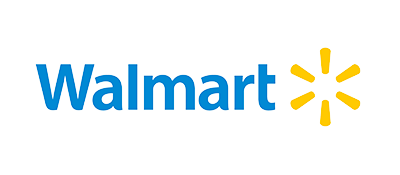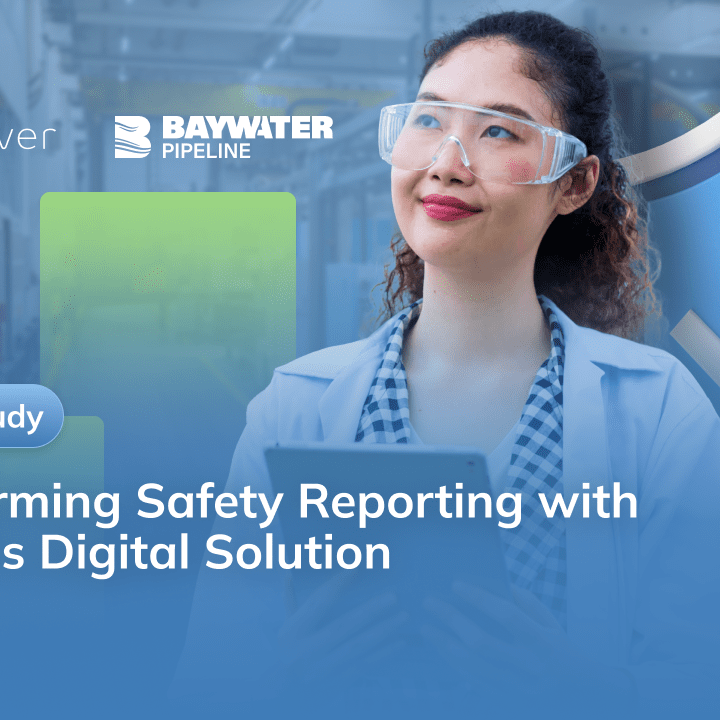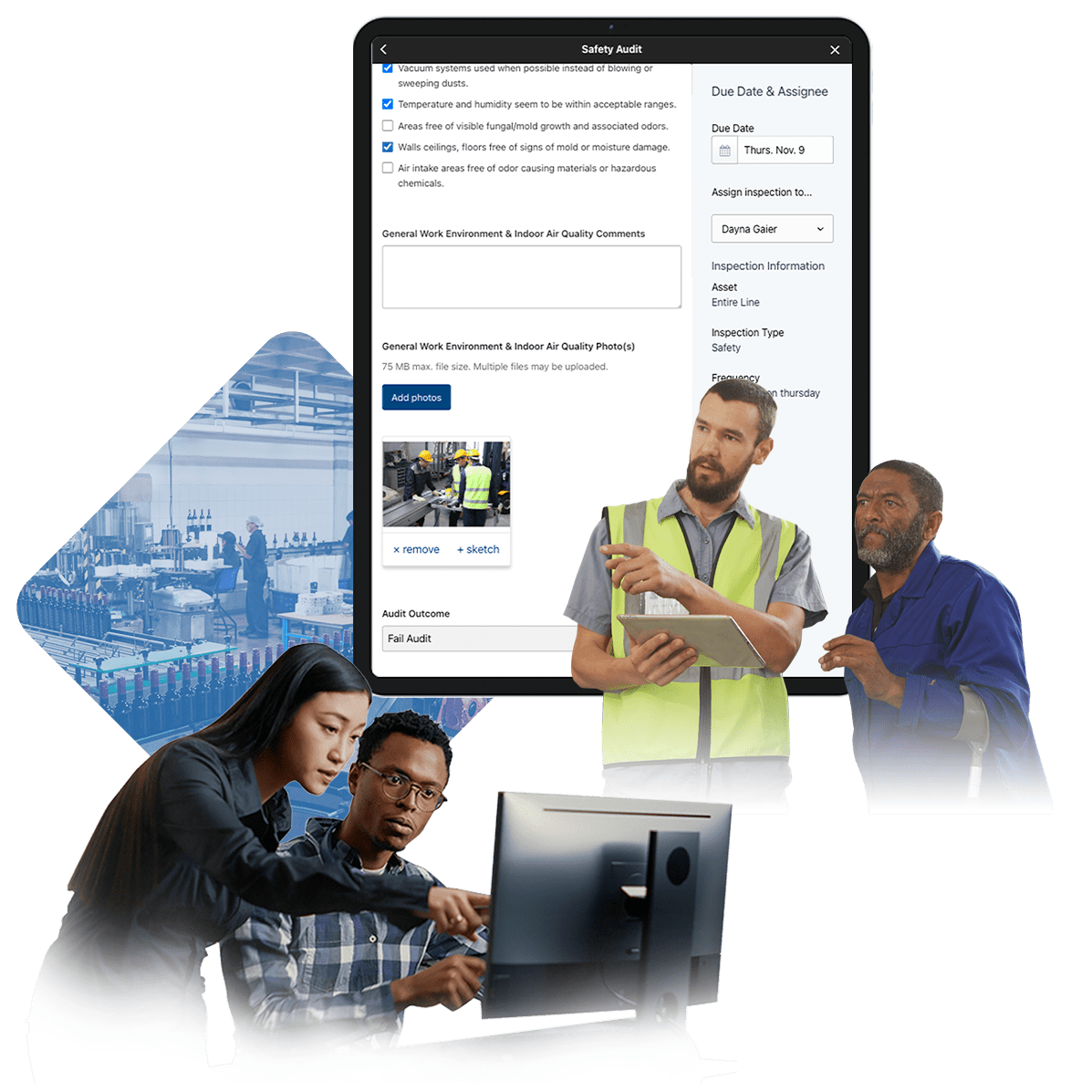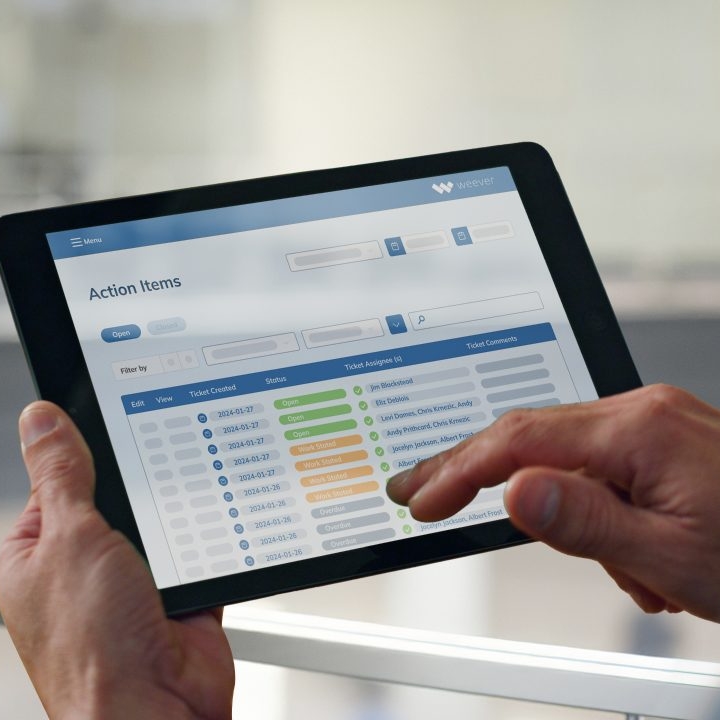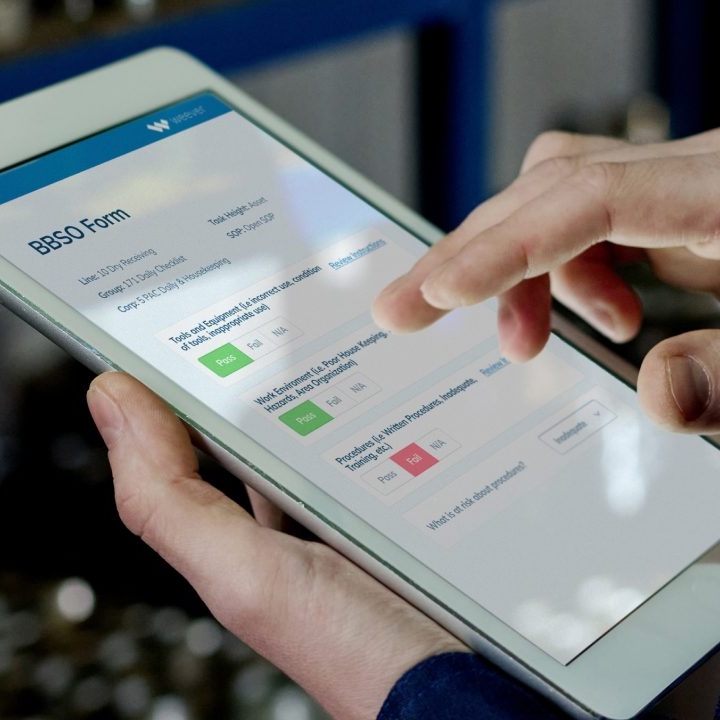Autonomous vs. Preventive Maintenance: Which Strategy is Best?
Compare the pros and cons of Autonomous vs. Preventive Maintenance and learn how Weever can help you choose the best strategy.
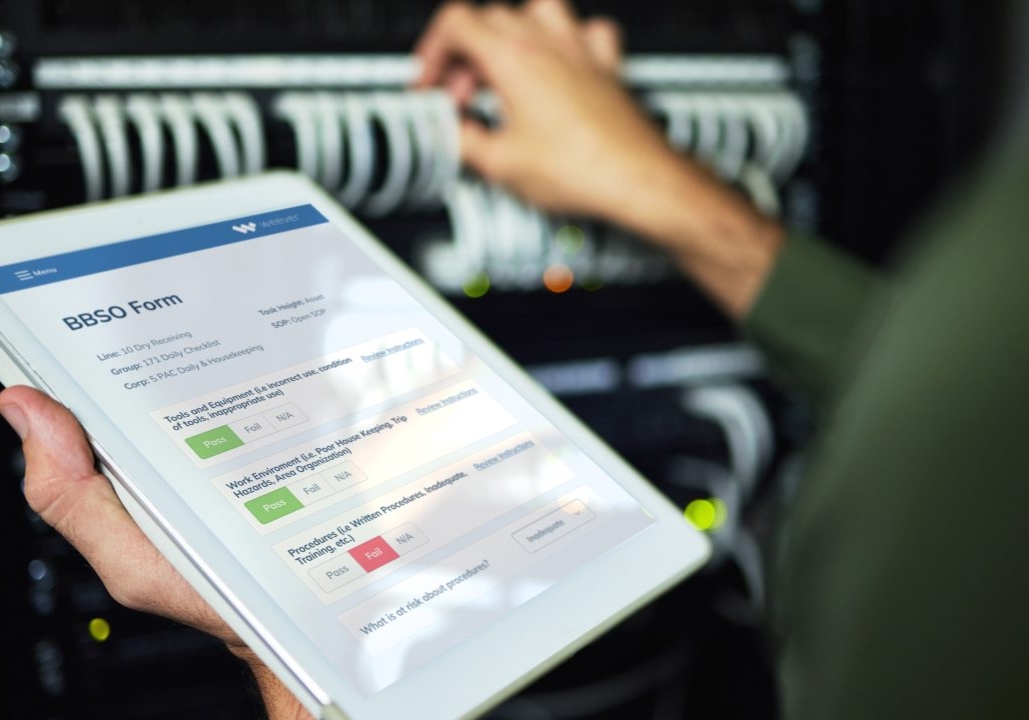
Maintenance is a critical component of any successful manufacturing or industrial operation. Two prominent maintenance strategies-Autonomous Maintenance (AM) and Preventive Maintenance (PM)-offer distinct approaches to ensuring machinery and equipment run efficiently. Understanding the pros and cons of each can help organizations make informed decisions about which strategy aligns best with their operational goals. This article explores the benefits and drawbacks of AM and PM and illustrates how Weever's innovative platform can streamline the process of selecting and implementing the right maintenance strategy.
Understanding Autonomous Maintenance and Preventive Maintenance
AM empowers operators to manage routine equipment upkeep, reducing reliance on specialists by training them in basic tasks like cleaning, inspection, and minor repairs. This approach fosters ownership, enhances equipment understanding, and helps operators identify potential issues early. Read more about AM here.
PM is a scheduled strategy where maintenance activities occur at regular intervals to prevent breakdowns, addressing wear and tear through routine inspections. Dedicated teams typically carry out these tasks on a set schedule. Read more about PM here.
The Pros and Cons of Autonomous Maintenance
Pros of Autonomous Maintenance:
- Empowers Operators: AM places maintenance responsibilities in the hands of operators, leading to greater engagement and accountability. Operators develop a deeper understanding of the machinery they work with daily, enabling them to spot abnormalities early.
- Reduces Downtime: By addressing minor issues promptly, AM can prevent them from escalating into major problems that require extended downtime to fix. This proactive approach minimizes production interruptions.
- Improves Equipment Lifespan: Regular, hands-on care by operators can extend the life of equipment by preventing the accumulation of dirt, debris, and wear that could lead to more significant issues.
- Fosters a Culture of Continuous Improvement: AM encourages operators to suggest improvements to maintenance practices, leading to incremental enhancements in equipment performance and reliability.
Cons of Autonomous Maintenance:
- Requires Extensive Training: Successful AM implementation hinges on comprehensive training programs that equip operators with the necessary skills and knowledge. This training can be time-consuming and costly.
- Potential for Inconsistent Execution: Without proper oversight, there may be inconsistencies in how operators perform maintenance tasks. This variability can lead to uneven results and missed opportunities for early issue detection.
- Limited Scope: AM is most effective for routine maintenance tasks. More complex repairs and diagnostics typically still require the expertise of specialized maintenance teams.
- Risk of Overburdening Operators: In some cases, operators may feel overwhelmed by the additional responsibilities of AM, especially if their primary focus is on production rather than maintenance.
The Pros and Cons of Preventive Maintenance
Pros of Preventive Maintenance:
- Predictable Maintenance Schedule: PM follows a set schedule, allowing organizations to plan maintenance activities around production demands. This predictability helps minimize disruption to operations.
- Reduces the Likelihood of Catastrophic Failures: By regularly servicing equipment, PM can prevent significant failures that could result in costly repairs and prolonged downtime.
- Extends Equipment Lifespan: Routine maintenance tasks such as lubrication, calibration, and part replacement help to prolong the life of machinery and reduce the frequency of major overhauls.
- Provides Comprehensive Coverage: PM covers a wide range of maintenance activities, ensuring that all aspects of equipment are regularly checked and serviced by trained professionals.
Cons of Preventive Maintenance:
- Higher Initial Costs: Implementing a PM program requires an upfront investment in resources, including spare parts, maintenance personnel, and scheduling tools. These costs can be significant for organizations with large equipment fleets.
- Risk of Over-Maintenance: PM schedules are often based on manufacturer recommendations rather than actual equipment condition, which can lead to unnecessary maintenance tasks and wasted resources.
- Potential for Overlapping with AM: In organizations that also practice AM, there may be redundancies between the two strategies, leading to inefficiencies and potential confusion among staff.
- Downtime for Maintenance: Even though PM aims to prevent unexpected breakdowns, the scheduled maintenance activities themselves can result in planned downtime that affects production.
Weever's Role in Choosing the Right Maintenance Strategy
Choosing between AM and PM depends on factors like equipment, production demands, and workforce capabilities. Weever's platform simplifies this decision and supports successful implementation of either strategy.
Simplifying Strategy Implementation
Weever's intuitive platform is designed with user-friendliness in mind, making it easy for organizations to implement both AM and PM strategies. The platform's interface is accessible to users at all levels of technical proficiency, ensuring that operators and maintenance teams can quickly adapt to the chosen maintenance approach. By offering customizable templates and step-by-step guides, Weever helps streamline the setup process, reducing the time and effort required to get a maintenance program up and running.
Ensuring Systematic Execution
One of the key challenges in maintenance management is ensuring that tasks are carried out systematically and consistently. Weever addresses this challenge by automating workflows for both AM and PM strategies. The platform enables organizations to create task lists and assign action items to specific team members, ensuring that maintenance activities are completed on time and to the required standard.
For AM, Weever lets operators log tasks and flag issues, ensuring clear maintenance records. For PM, the platform automatically schedules routine tasks, reducing missed windows and preventing unexpected failures.
Data-Driven Optimization
One of Weever's most powerful features is its ability to gather and analyze data from both AM and PM practices. By collecting data on equipment performance, maintenance tasks, and issue resolution, Weever provides organizations with valuable insights into the effectiveness of their maintenance strategies.
For example, Weever can identify trends in equipment failures that may suggest the need for adjustments to the PM schedule or additional training for operators involved in AM. These insights enable organizations to make data-driven decisions that optimize their maintenance strategies, leading to improved operational efficiency and reduced costs.
Monitoring Progress and Addressing Issues
Real-time reporting is crucial for effective maintenance management, as it provides up-to-the-minute information on the status of maintenance tasks and equipment health. Weever's platform offers robust reporting capabilities that allow managers to monitor the progress of both AM and PM activities in real-time.
With Weever, managers can access detailed reports that highlight completed tasks, outstanding issues, and equipment performance metrics. This information is invaluable for identifying potential problems before they escalate, ensuring that maintenance teams can take proactive measures to maintain equipment reliability.
Supporting Smooth and Consistent Implementation
Implementing a new maintenance strategy can be a complex process, especially in large organizations with multiple teams and locations. Weever supports a structured rollout methodology for both AM and PM, offering customizable templates and best practice guidelines to ensure a smooth and consistent implementation.
The platform's rollout tools help organizations plan and execute the transition to a new maintenance strategy, whether it involves training operators for AM or scheduling routine tasks for PM. By providing clear instructions and tracking progress, Weever ensures that the rollout is efficient and effective, minimizing disruption to operations.
Choosing the Right Maintenance Strategy with Weever
The decision between AM and PM depends on the specific needs and goals of an organization. While AM offers the benefits of empowering operators and reducing downtime, it requires significant training and may not cover all maintenance needs. PM, on the other hand, provides comprehensive coverage and predictability but can be costly and may lead to over-maintenance.
Weever's platform simplifies the process of selecting and implementing the right maintenance strategy by offering tools that enhance ease of use, automate workflows, provide valuable insights, offer real-time reporting, and support a smooth rollout. Whether an organization chooses AM, PM, or a combination of both, Weever ensures that the chosen strategy is executed effectively, maximizing operational efficiency and performance.
Ready to optimize your maintenance strategy? Explore how Weever can help you implement Autonomous Maintenance, Proactive Maintenance, or both, tailored to your operational needs. Connect with us today to streamline your processes and enhance your equipment performance!
Find the Perfect Fit for Your Operations! Get Expert Insights on Autonomous vs. Preventive Maintenance.
Find the Perfect Fit for Your Operations! Get Expert Insights on Autonomous vs. Preventive Maintenance.
Continue Reading
"Having cloud-based forms on devices around the facility makes them so much more accessible, which makes it painless for operators to quickly provide a report."
Johanna Velez, VP Quality Assurance

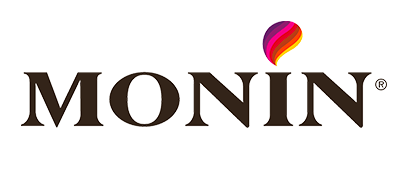
"Weever is really user friendly and will have a massive positive impact on our operations and training team."
Mel Cadle - Op Ex Lead Process Engineer

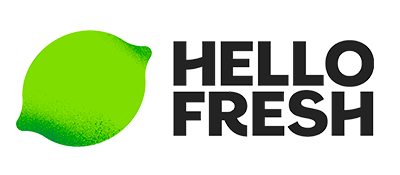
"It's shifted our safety culture because now we are much more focused on what we should be looking at."
Kody Crossen, Operations Manager of EHS

